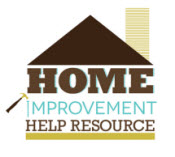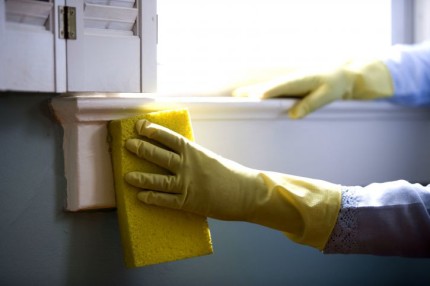Indoor air quality plays an important role in public health care. Indoor air pollution is caused by materials and chemicals used in buildings, such as asbestos. Living organisms, like mold, can also cause issues with air quality. Mold is a fungi colony (mycelium) that consists of hundreds of thousands of tread-like cells (hyphea) in every black patch or other form of visible discoloration on your walls or tiles.
Three decades ago, the World Health Organization (WHO) made the public aware of a wide-spread health risk factor, naming the issue a “sick building syndrome.” Learn more about the effect mold can have on indoor air quality, and more importantly, your health.
Spreading Of Mold – Your Indoor Ecology
Mold reproduces in a perfectly designed way, thus they are impossible to avoid outdoors and indoors. Numerous fungi cells release spores into the air in order to promote future mold growth all over a household or any other facility. Next, spores are carried around by air currents to be scattered across the area.
All that spores need in order to produce a new colony is moisture and food. They mostly feed on cellulose and other natural materials usually found in walls, wood, carpets, and furniture.
The Health Risks
Mold spores are considered to be human pathogens and allergens, which means they interfere with normal functions of our bodies by distorting them and pushing a body towards a disease. Some mold species, like Black Mold, emit poisonous spores that can cause a wide range of neurological and respiratory symptoms. These include: loss of consciousness, dizziness, mental confusion, learning difficulties, trouble concentrating, and various breathing difficulties.
Other less dangerous species can provoke asthmatic attacks and allergic reactions such as sneezing, itchiness and rashes, watery eyes, etc.
Aside from poisonous mold species that require immediate professional removal treatment, other mold species have different effects. This means that some individuals can resist most threats posed by indoor air pollution, while others are more at risk, including:
- Children and infants in particular (due to their underdeveloped respiratory system);
- Pregnant women;
- The elderly (due to the decline in immunity defense);
- People suffering chronic lung disease;
- People with compromised immune systems due to cancer or chemotherapy, HIV infection, and liver disease.
DIY Mold Remedies
Vinegar is proven to be effective in the early stages of mold development, preventing future patch from spreading any further. It is recommended not to rinse the surface after you have treated it with vinegar. The downside is that it cannot kill all of the types of indoor species. After treating with vinegar, using a baking soda solution (one teaspoon of baking soda per cup of water) is an excellent way to remediate any leftovers. This is great because both ingredients are affordable, safe to use, and useable on a variety of surfaces.
Bleach solution is known to be the most effective method, and it is made in the ratio of 1 part bleach per 10 parts water. Watch out for the harsh fumes that arise after spraying it. Note that this solution should only be used on nonporous materials such as bathtubs, shower cabins, and tiles.
Furthermore, tea tree oil solution is as effective. To make this, combine one teaspoon of tea tree oil per cup of water. Once the surface is sprayed with the solution, allow it to dry and do not wipe it away. This will help prevent future mold growth.
Mold can be extremely harmful to your health. Tackle mold head on with these DIY remedies. Of course, if the situation is more serious, a professional mold remediation company should be brought in.




